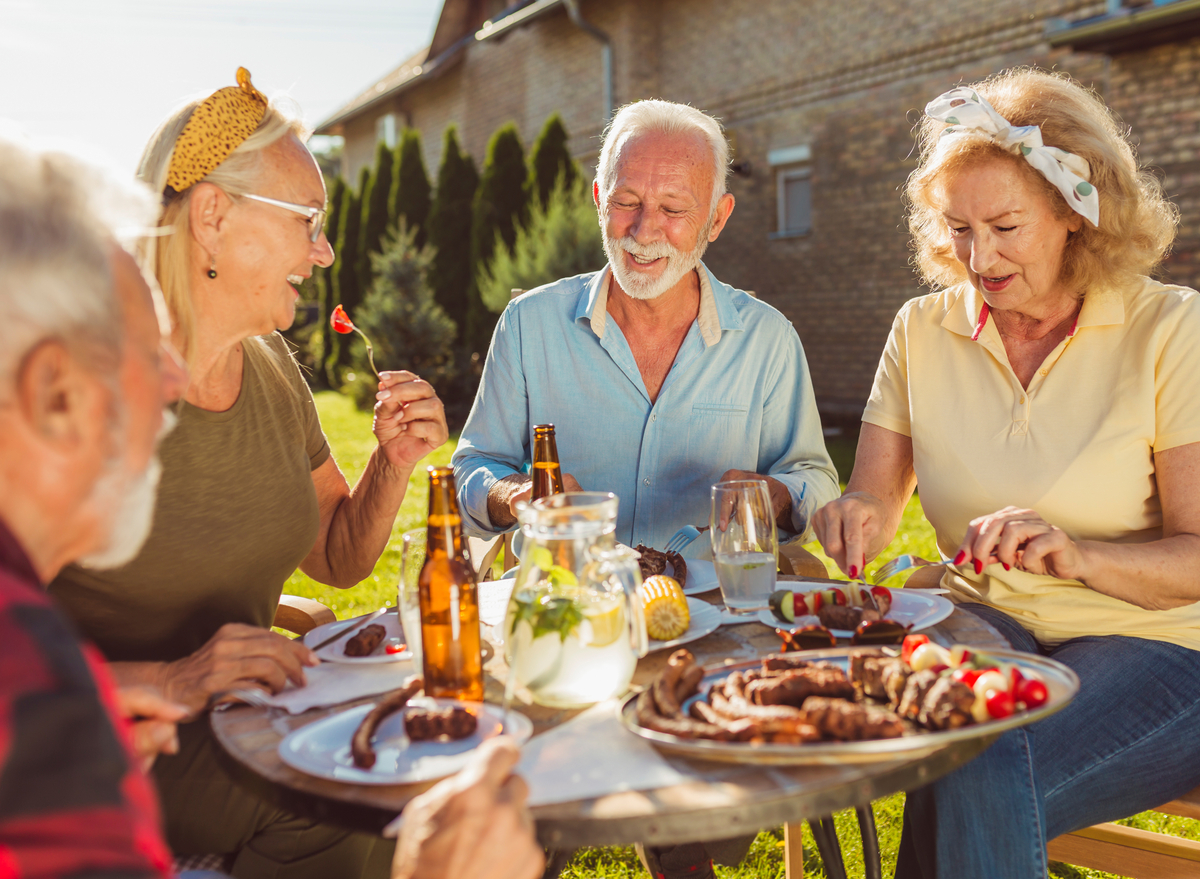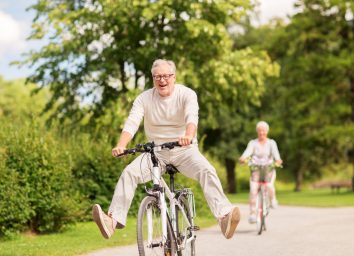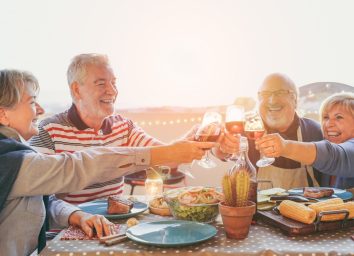Here's How the World's Longest Living People Avoid Heart Disease

Caring for your heart health is important now more than ever. Not only do over 82.6 million Americans have some form of heart disease, but it remains one of the leading causes of death in the country today.
But what is even more shocking than these statistics is the fact that there are places in the world where heart disease is almost non-existent! These regions are known as the world's Blue Zones, which are five areas containing the highest concentrations of centenarians across the globe. In Ikaria in Greece, Sardinia in Italy, Nicoya in Costa Rica, Loma Linda in California, and Okinawa in Japan, people are living long, healthy lives devoid of many of the diseases wreaking havoc in the US.
So, how do they do it? The answer is quite complex, especially because researchers believe there are many components contributing to their longevity-including genetics, environment, diet, movement, stress levels, and community. So while their eating habits play a key role in their overall health, it should be noted that many other factors are at play.
Learn more about how the world's longest-living people eat for a healthy heart, and for more healthy eating tips, check out 9 Healthy Eating Habits to Live Over A Century, Say Dietitians.
They eat mostly plant-based

All five of the Blue Zones eat mostly plant-based diets with meat on rare occasions, except for the community of Loma Linda which eats an entirely vegetarian diet because of their Adventist religion. The other four areas follow what researchers call a "plant slant," which means meat is consumed only around five times a month on average. The serving size of meat is also much smaller than what we are used to here in the United States.
Many researchers believe that this is one of the key components in keeping people in the Blue Zones so healthy and free of heart disease. In fact, recent studies confirm that there is a strong link between regular consumption of red meat (especially processed meat) and heart disease.
They avoid processed food

While Blue Zone centenarians make sure to eat plenty of whole grains, vegetables, fruit, beans, and legumes, they also limit their consumption of ultra-processed foods.
Some of these communities are centered around farming and therefore have more access to locally-grown food and less access to processed food. This is the opposite of how the majority of Americans live, with very little access to locally-grown food and plenty of access to processed food.
Recent research has not only found that there is a direct link between ultra-processed food and poor heart health, but according to the American College of Cardiology, these processed foods make up 58% of the average American diet today.
They eat healthy fats

When it comes to healthy heart foods and nutrients, omega 3 fatty acids take the cake. People in the Blue Zones consume these healthy fats through fish, nuts, and seeds, which researchers have discovered is pivotal in caring for your heart.
According to a review published in Circulation, omega 3's can help your heart in a number of ways. For one, consuming these healthy fats can help lower your risk of death from coronary heart disease and heart attack. One study featured in this review also found that people with existing coronary heart disease had a lower risk of death, stroke, and heart attack when they supplemented omega 3 fatty acids.
And lastly, omega 3's have also been found to help lower triglycerides and resting blood pressure, both of which are crucial in caring for your heart.
They move regularly

According to a study published in Circulation, there is a link between getting regular exercise and cardiovascular health. In fact, a "sedentary lifestyle" is one of the major risk factors for developing heart disease.
All five Blue Zone communities avoid a sedentary lifestyle by engaging in "natural" movement on a regular basis. This means that instead of going to a gym or a certain fitness studio, they get their exercise from things like walking or biking to their destination, hiking, swimming, and gardening.
In Okinawa, Japan, they sit on the floor for things like eating and visiting with friends, and this standing up and sitting down process helps keep them from being too sedentary for long periods of time.









